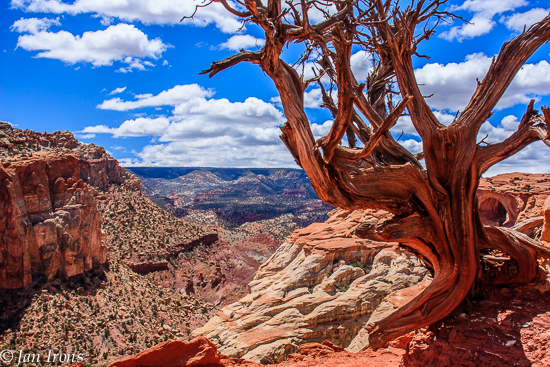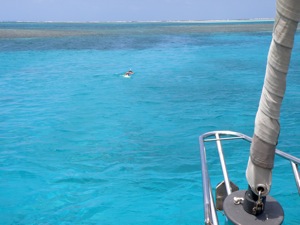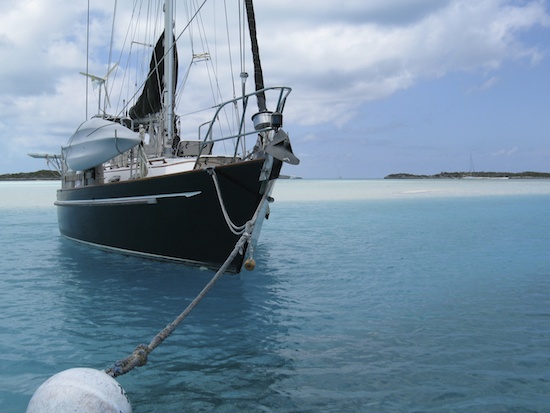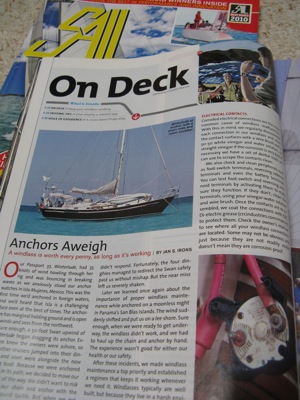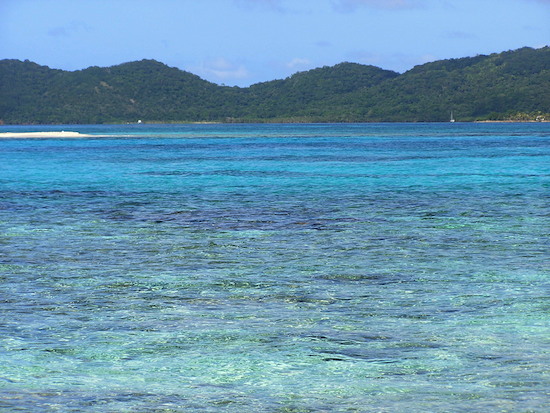
Have you ever been driving about 4 pm in the afternoon when the sun is low on the horizon and literally not been able to see into the glare? That’s what happened to us the very first time we chartered a “big” sailboat. We arrived mid-day but by the time we had our boat briefing and chart briefing, it was 4 PM-ish in the late fall in Florida. We left Ft. Myers headed due west on the ICW. After congratulating ourselves on successfully crossing the Miserable Mile, the glare from the sun was so bright we missed the next ICW marker … and spent the night literally a few feet outside the channel, aground. Not high tide, nor the wake of passing barges was enough to move us off.

Before we left the US to go cruising, I was very very nervous about reefs and shallow water. Outside the US often there are no marked channels and nothing to indicate a reef or shallow area other than the water itself. How does one learn how to recognize problem areas in the water, if you’ve never seen it before?
Rule #1 — if you can’t SEE it, you cannot stay clear and stay in deeper water!
The glare from the sun causes cruisers more problems than probably any other single reading the water difficulty. And yet, time after time, we see cruisers trying to make their way into reef-strewn anchorages about 4-5 PM (or later) with the sun directly in their eyes.
There’s a reason for the old adage and sage advice of maneuvering tricky areas between 10 AM and 2 PM.
One day just for fun while we were out in the dinghy in the Holendes Cayes, San Blas Islands, Panama, I took a photo looking away from the sun and another looking into the sun. Both areas looked almost identical without the sun’s glare, but you can see a marked difference in the photos – no retouching done on either photo. Here’s how the water looked looking away from the sun – you can easily see the brown bar indicating shallow water, and even make out shades of blue indicating various water depths.
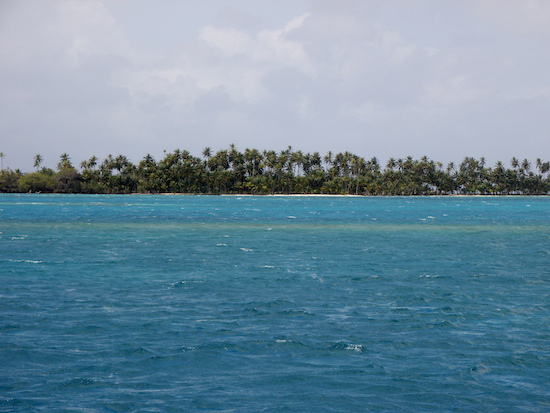
Here’s looking the opposite way, into the sun. You can still distinguish some features of the water, but clearly, you cannot see the details that might make the difference in hitting a coral head or staying in deep water.

I can think of no stronger rationale to make sure the anchor is down before the glare of the sun interrupts clear vision in tricky anchoring areas.
Anyone have other experiences? Please leave a comment and share! CHEERS! Here’s to reading the waters! Jan


